“Up to and Including Limits: After Carolee Schneemann”
Museum Susch, Switzerland
What the museum says: Sabine Breitwieser, who organized the 2015 show of Schneemann’s work that toured institutions from Salzburg to New York City, said of this show: “This exhibition is driven by limits, both in media and society: how they can be overcome, transformed, and transgressed through time.
While Carolee’s goal was to extend visual principles off the canvas and into life, this exhibition also considers the new challenges and limits our society is confronted with. We are exploring how and in which forms the expansive and innovative use of artistic media further emerge in works of the generation ‘after Carolee Schneemann’ and what kind of questions in regards to the body are at stake.”
Why it’s worth a look: In this dynamic exhibition, the work of pioneering (and often controversial) artist Carolee Schneemann is situated in conversation and contention with works by other practitioners of body-based performance and visual art. The show features work by 13 artists including Kris Lemsalu, Pipilotti Rist, and Matthew Barney, whose practices each echo some aspect of Schneemann’s, in some cases, even responding directly to it.
The exhibition title is drawn from one of Schneemann’s most influential “kinetic theatre” pieces, (1973-76). That work is an enduring example of Schneemann’s physically challenging pieces; she was suspended from the ceiling in a harness, and while she hung, literally in the balance, the artist drew her movements on the walls. Up until her death, in 2019, Schneemann continued to advocate for art without limits, pushing up against the boundaries of gender and social conventions.
What it looks like:
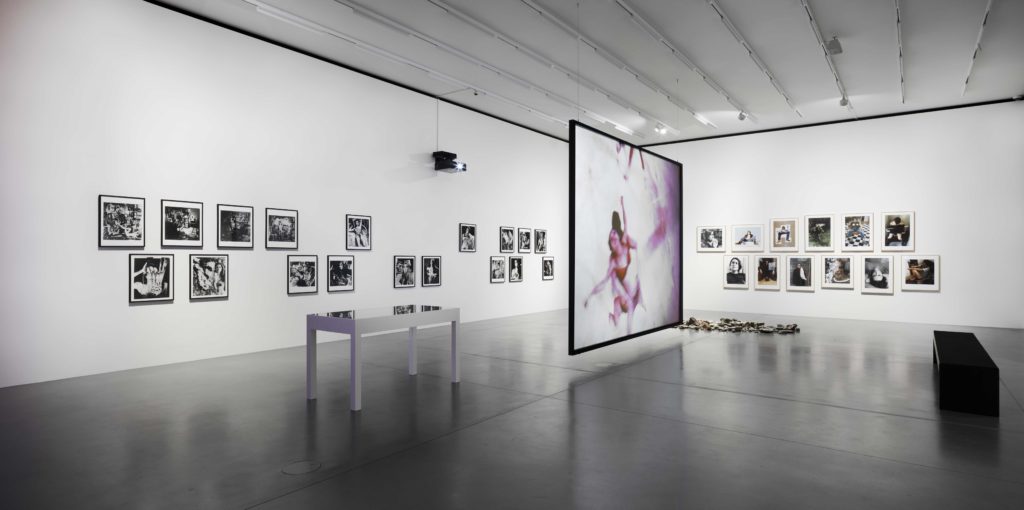
Foreground: Carolee Schneemann, (1964 / 2008), installation view. Photo: Maja Wirkus.
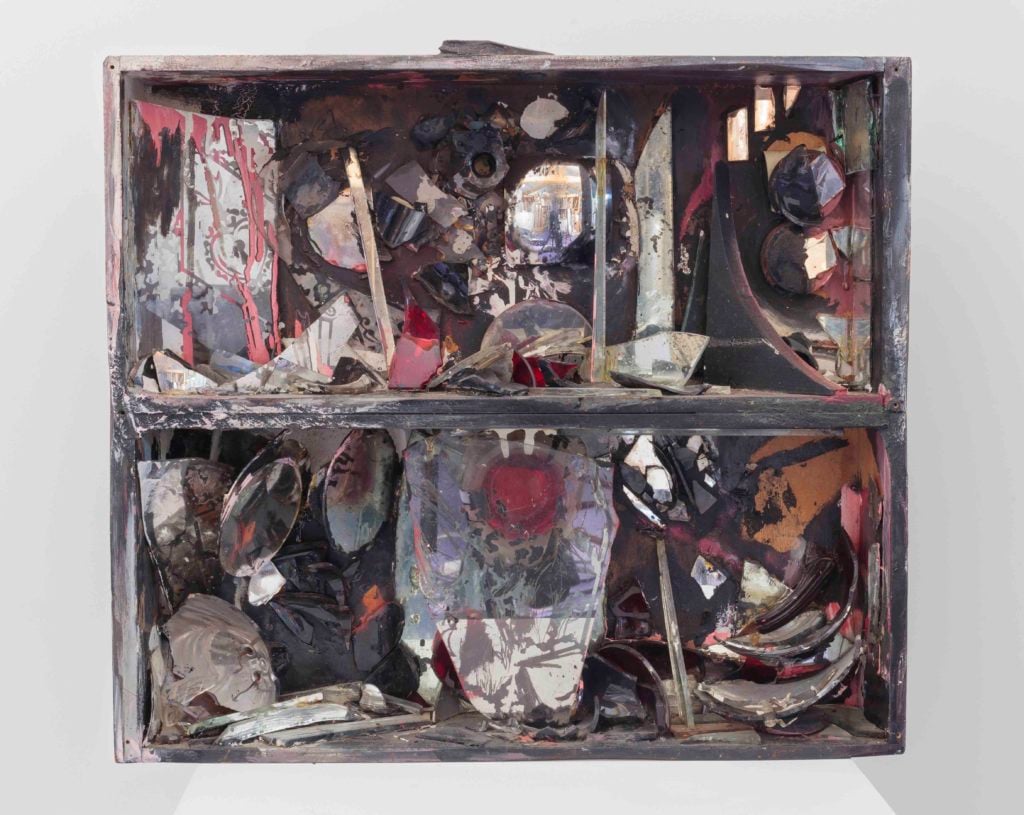
Carolee Schneemann, (1963–64). Courtesy of the Estate of Carolee Schneemann, Galerie Lelong & Co., Hales Gallery, PPOW New York © Carolee Schneemann.
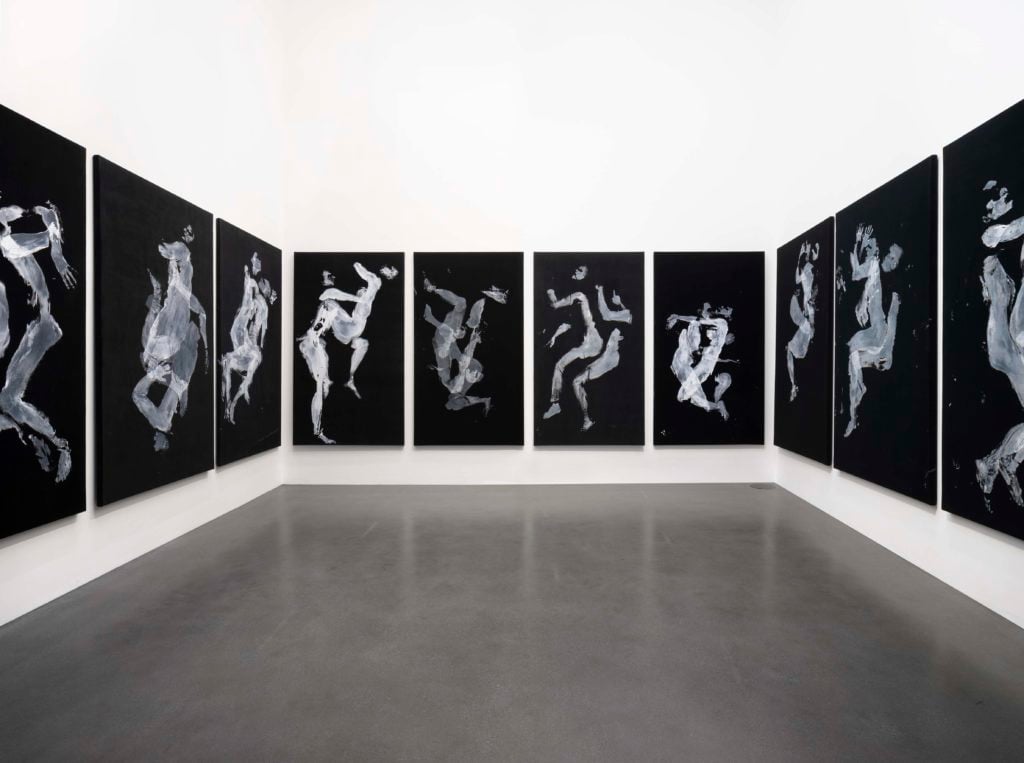
Aura Rosenberg, (2012), installation view. Photo: Maja Wirkus.
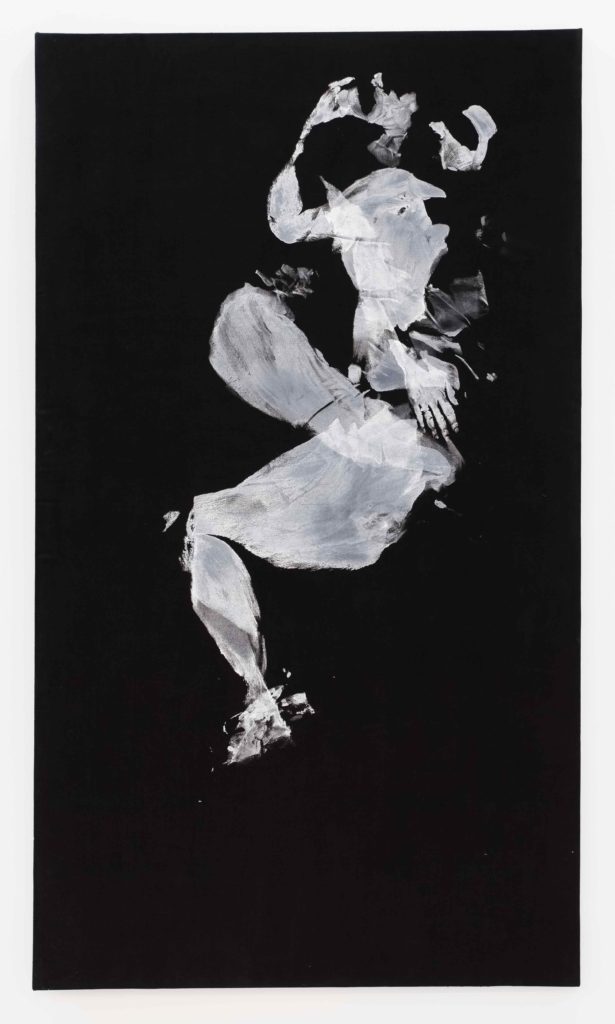
Aura Rosenberg, from the series “Astrological Ways” (2012). Courtesy the artist and Martos Gallery, New York.
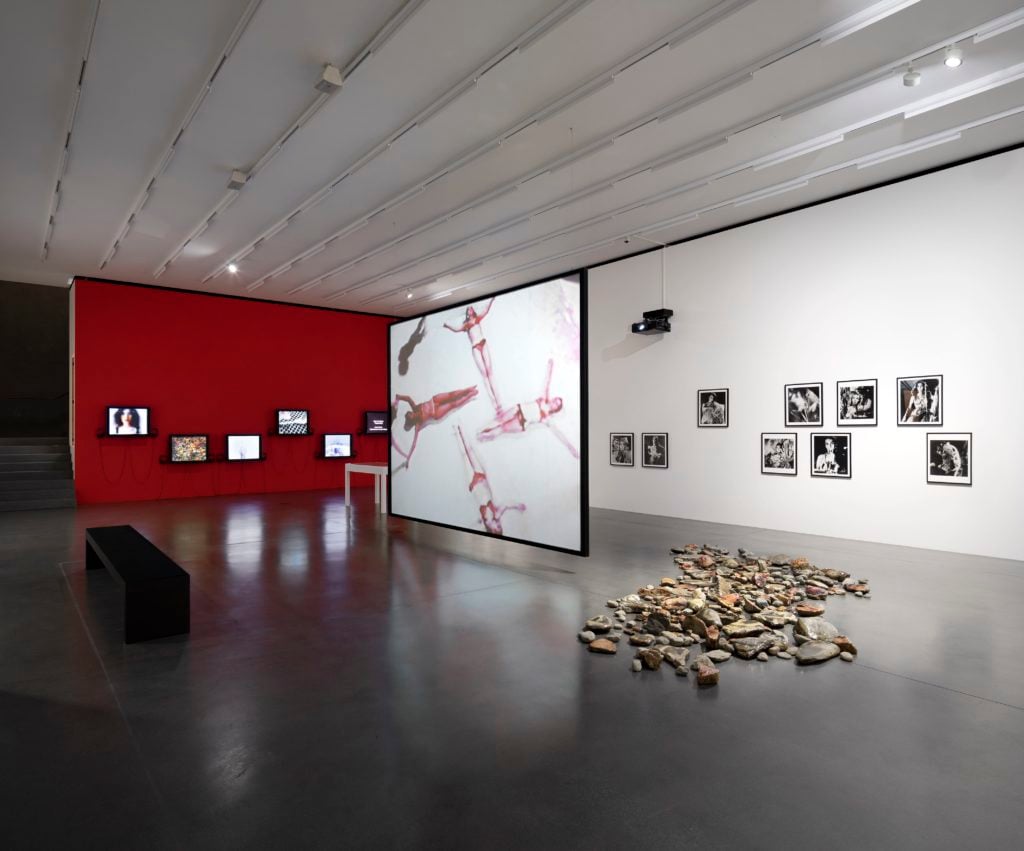
Foreground: Carolee Schneemann, (1964 / 2008) and Aura Rosenberg, Dialectical Porn Rock Circle (1990–93), installation view. Photo: Maja Wirkus.
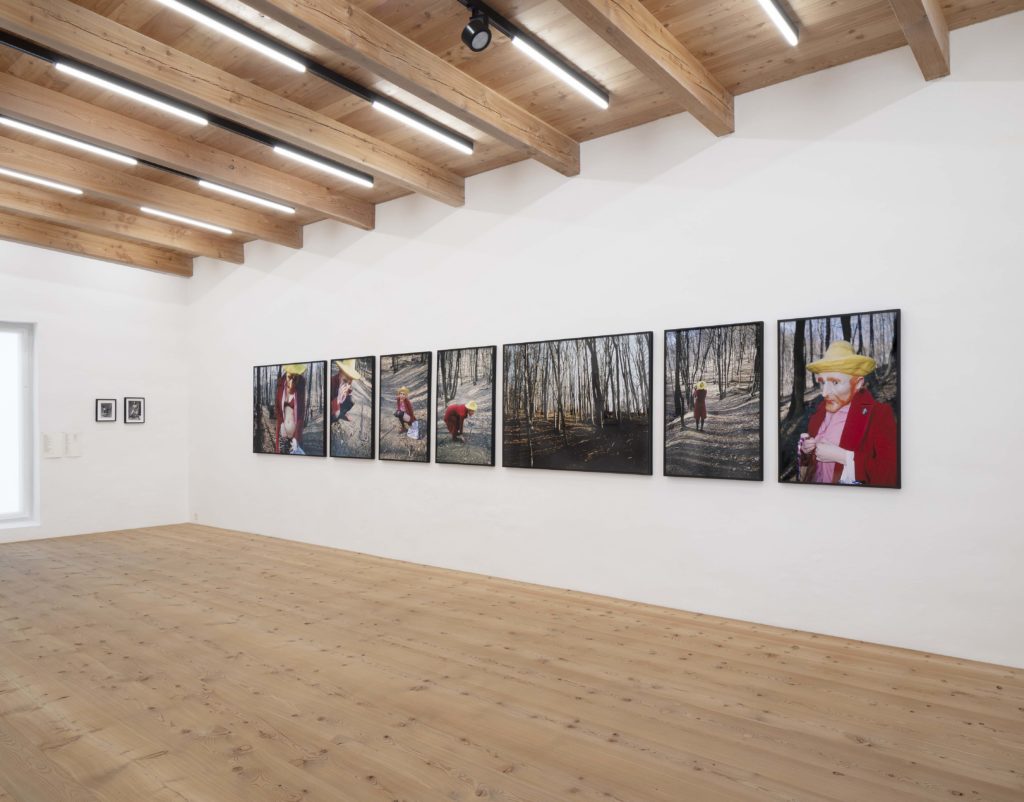
Katrina Daschner, (2002), installation view. Photo: Maja Wirkus.

Katrina Daschner, (1999). Courtesy of the artist.
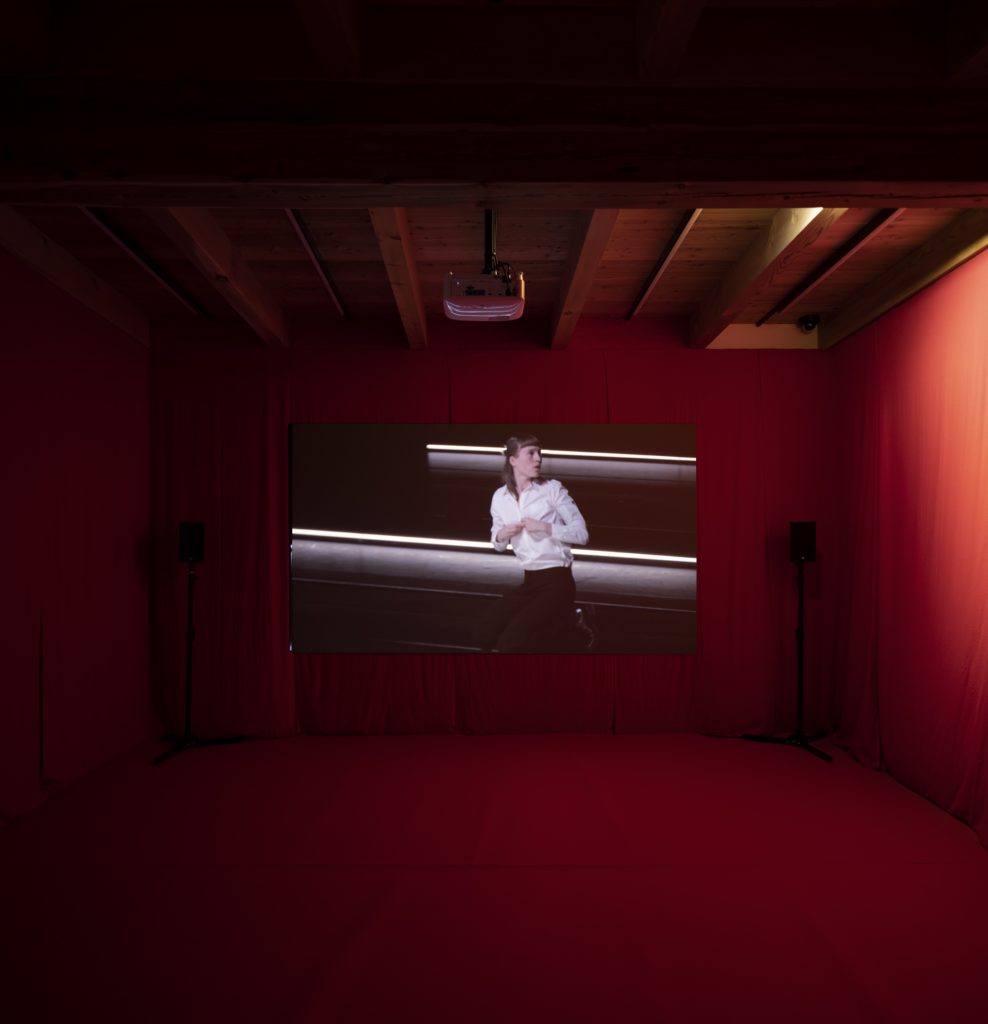
Mette Ingvartsen, (2017), installation view. Photo: Maja Wirkus.
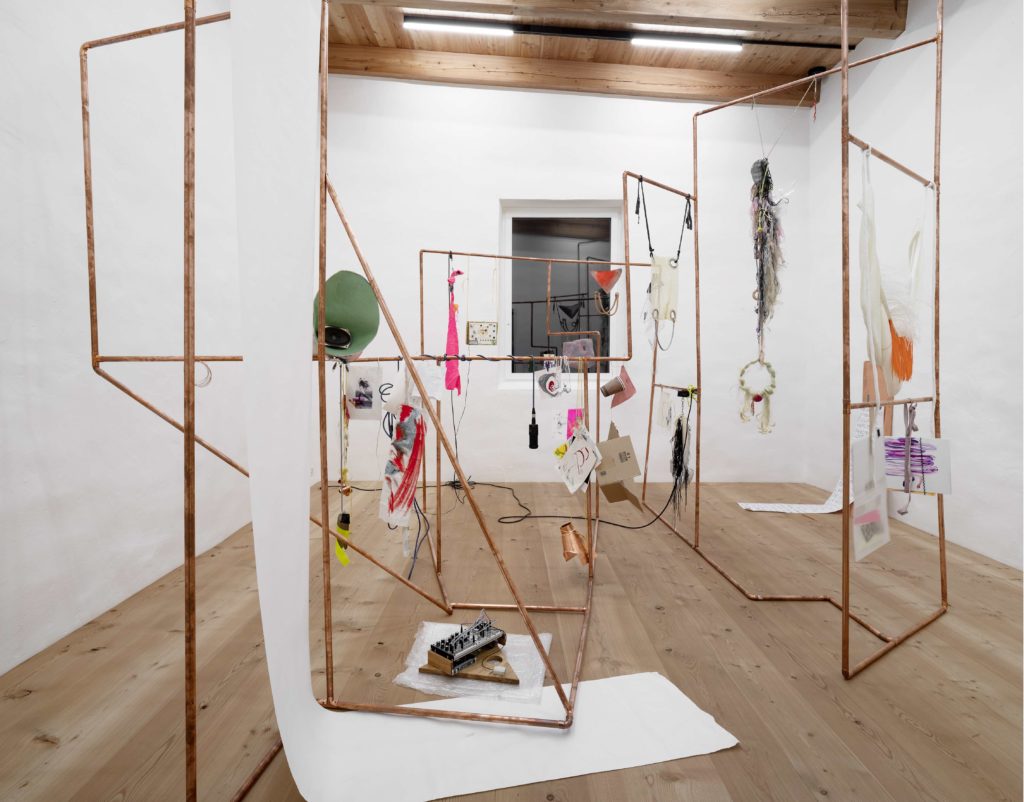
Chicks on Speed, (2019), installation view. Photo: Maja Wirkus.
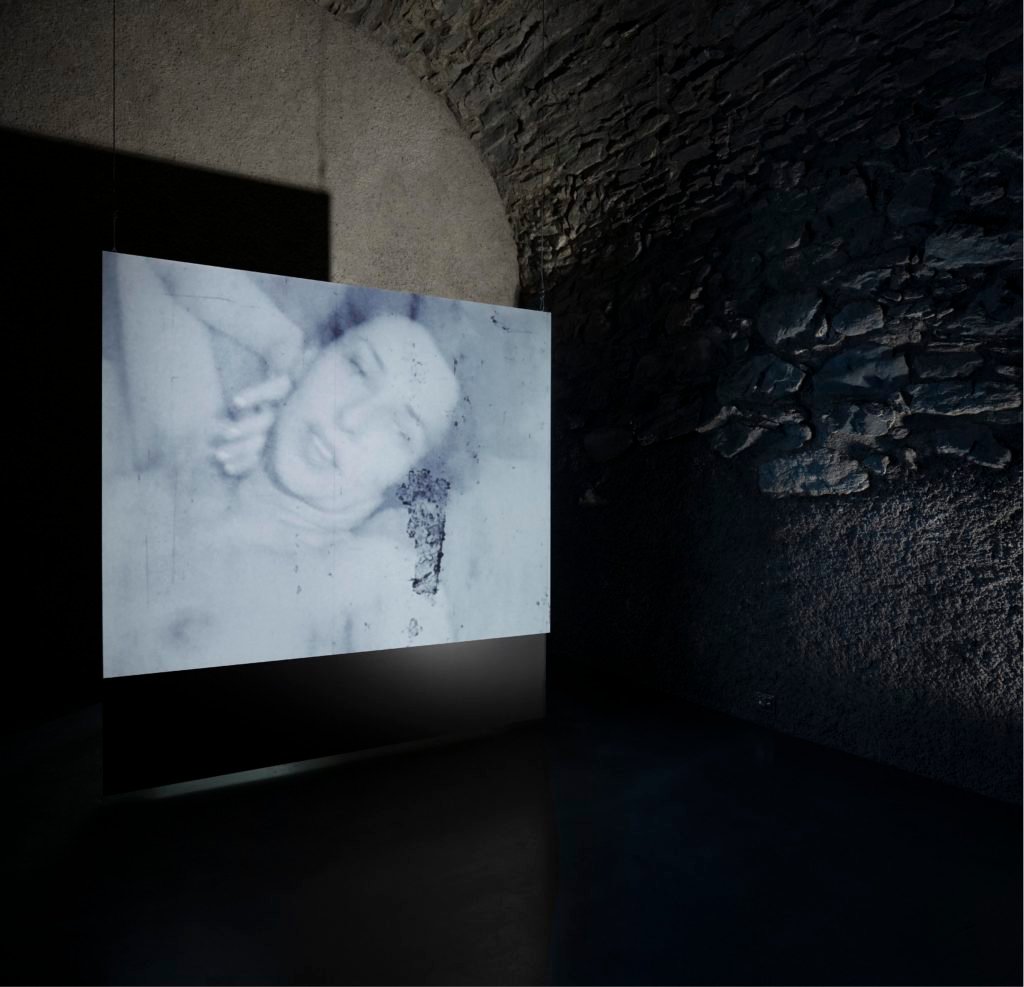
Carolee Schneemann, (1964–1967), installation view. Photo: Maja Wirkus.
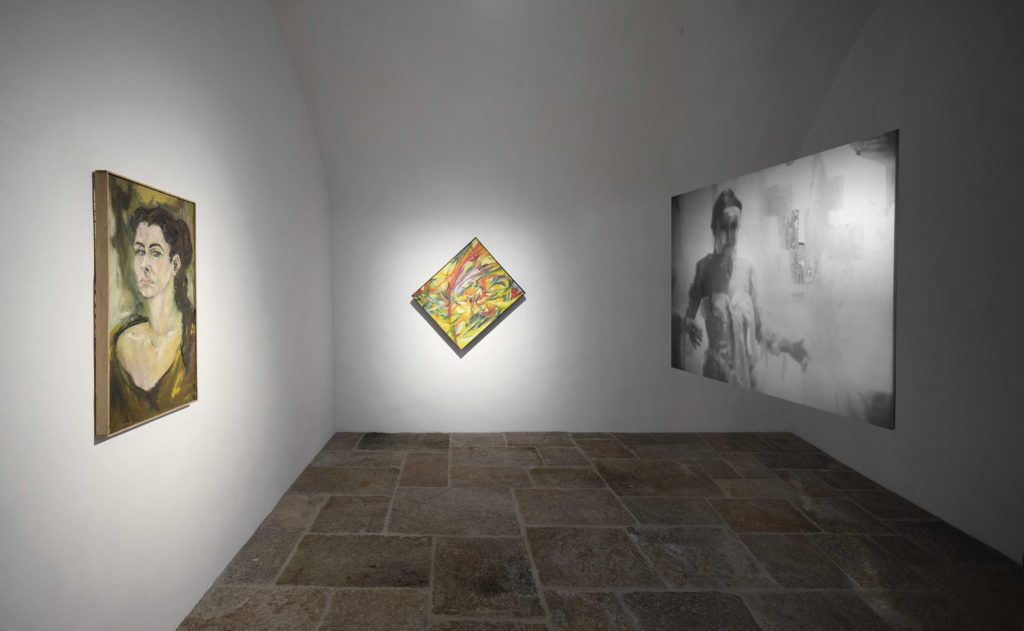
Installation view, Carolee Schneemann, (1954-55), (1957) and (1967). Photo: Maja Wirkus.
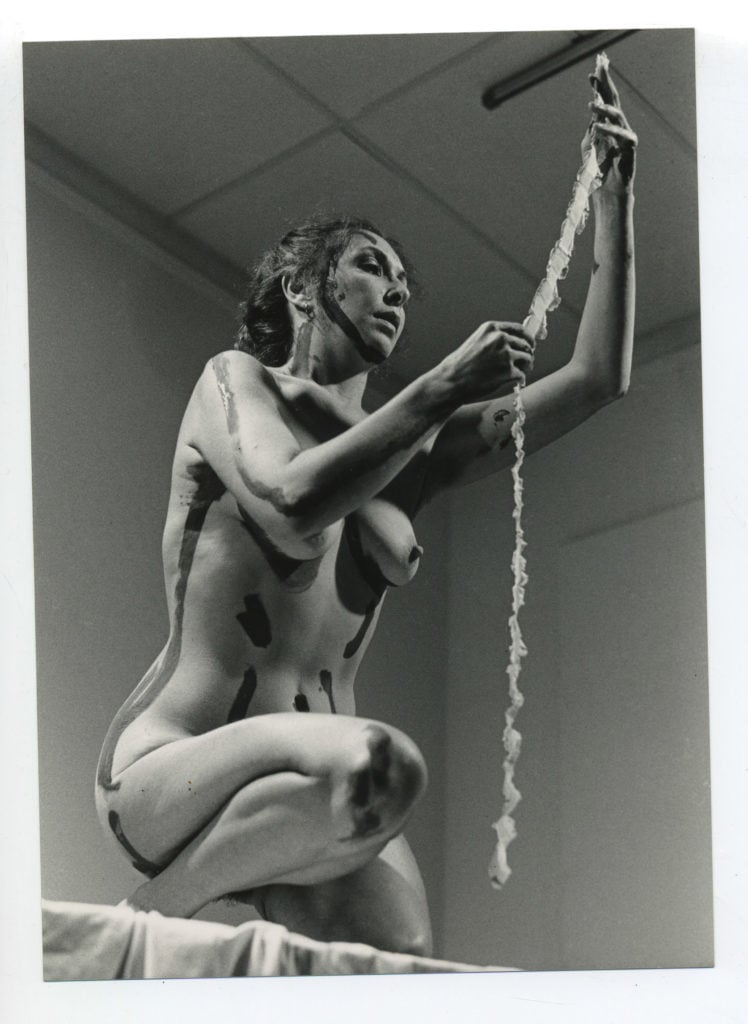
Carolee Schneemann, (1975). Photo: Anthony McCall, courtesy of Grazyna Kulczyk Collection, the estate of Carolee Schneemann, Galerie Lelong & Co, Hales Gallery, PPOW New York. © Carolee Schneemann.
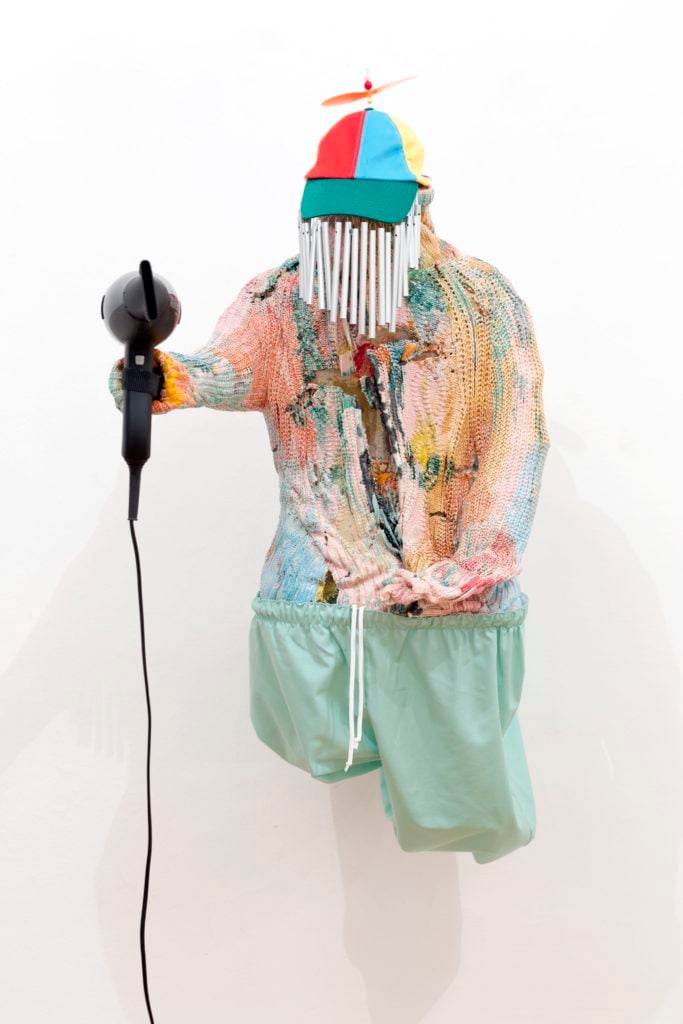
Kris Lemsalu, (2016). Photo: Mattias Bildstein, courtesy of Georg Kargl Fine Arts, Vienna.
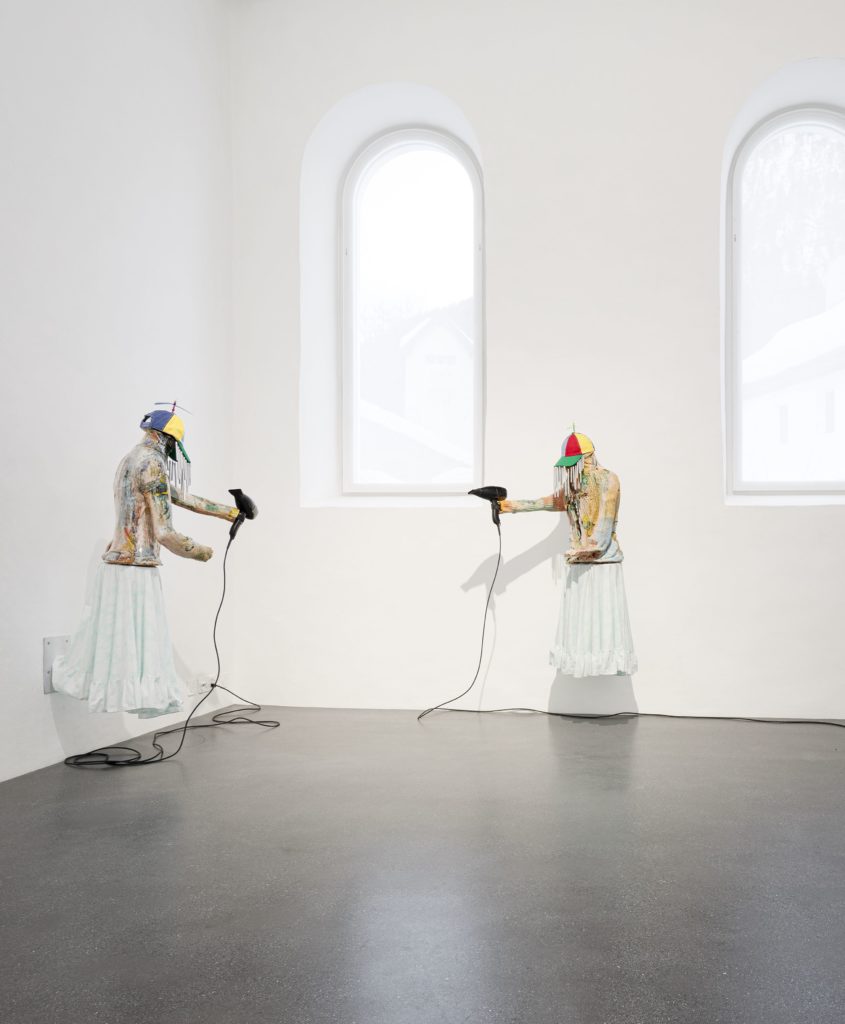
Kris Lemsalu, (2016), installation view. Photo: Maja Wirkus.
Source: Exhibition - news.artnet.com


